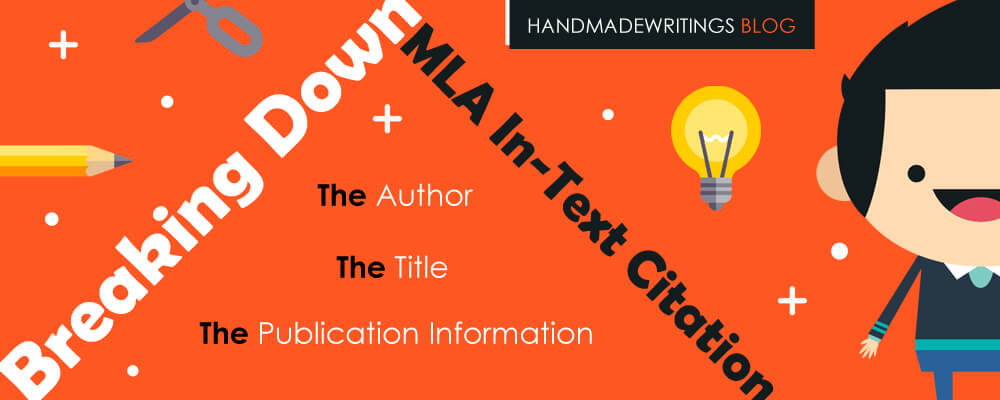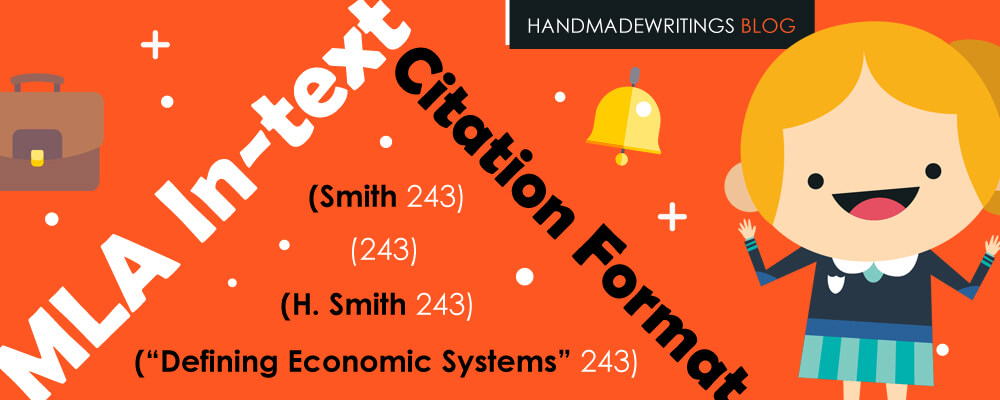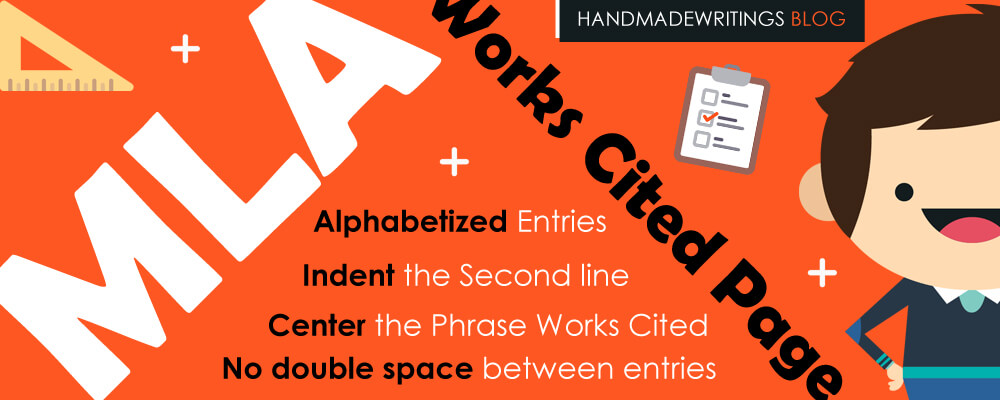What is MLA?
MLA is an acronym for the Modern Language Association. This organization develops guidelines to help researchers cite their sources. Doing so negates plagiarism and gives credit to the source of the information used in the essay or paper. Academia uses several citation methods, including APA and Chicago. MLA is typically used for classes in humanities disciplines such as English.
MLA citations should be used for any source used in a paper. The guidelines cover everything from a book to a song. If you’ve directly quoted or paraphrased a source, it needs to be cited.
Where are MLA citations used?
MLA citations are used wherever research appears in a paper or essay. The citations appear parenthetically directly after the source material.
The Importance of Citing Properly
It is of paramount importance to cite sources correctly. Failing to cite sources is plagiarism, which carries serious consequences both in high school and college. Beyond receiving a zero, consequences of plagiarism can include failure of a class or expulsion from school. Failing to give credit to a source by accident or on purpose is considered a serious offense and can be dealt with severely.
Breaking Down MLA In-Text Citation

There’s a lot of rules when it comes to in-text citation. Here is how to correctly incorporate citations in MLA Format.
The Author
The author’s name should always appear the last name first followed by the first name. Include the initial of the middle name if it is provided. A period should follow the author’s name. If the work includes several authors, cite the first author and then use the phrase et al to reference the remaining authors.
Example: Smith, John W.
The Title
Most source titles should appear italicized. Titles directly follow the author’s name. A period follows the title.
Example: Smith, John W. The Fairy House.
Book and website titles should appear in italics. Periodical articles, such as those found in journals, magazines, and newspapers should appear in quotation marks.
Example: Smith, Jane W. “Hunting Species to Extinction.” Modern Biological Studies,
The Publication Information
Different sources require different kinds of publication information. Some sources may simply require the city, publisher, and date of publication. Others, especially those that have periodic publishing such as newspapers, journals, and magazines, will require additional information such as volume and issue numbers.
Need a hand with your paper? HandMadeWriting is a top-notch provider of custom essay writing. The Essay writer help customers with all the possible academic papers and disciplines!
It’s best to simply find the type of source you’re using and look up the MLA format guide to ensure you have all the information needed to cite correctly. See conventional formats for using MLA style below.
MLA In-text Citation Format

MLA citation contains two components: in-text citation and “Works Cited” page. In-text citations appear in the paper directly after the source in parenthesis. “Works Cited” entries appear after the paper on a separate page and have all the information necessary to find the source for further study or confirmation. The in-text citations are short and direct for the reader to have a complete entry on the “Works Cited” page.
In-text citations can be implemented in several possible ways. Here are the use cases:
-
After a direct quotation, the author’s last name and page number should appear in parenthesis.
Example: Capitalism is defined as “an economic system in which industry is for profit, held by private owners” (Smith 243).
-
If the author’s name appears in the sentence, only the page number needs to appear in the parenthesis:
Example: According to Herbert Smith, capitalism is defined as “an economic system in which industry is for profit, held by private owners” (243).
-
If in your research, two authors have the same last name, include their first initial to differentiate between the two sources
Example: (H. Smith 243).
-
If there is no author, use the work’s title in place of the author’s last name
Example: (“Defining Economic Systems” 243).
Citing Online Sources
The most recent edition of the MLA guidelines, the 8th edition recommends including URLs in citations, but it is not necessary. It’s a good idea to ask your professor what his or her preferences are. Copy the URL in its entirety and paste it as the last component in the entry. No punctuation should follow the URL.
Not sure how to format your research paper? Our expert writers know how to handle such tasks in an excquisite manner. Check out our research paper writing service to get proper help!
MLA Citation Examples
Nothing helps better than examples of how MLA citation format is applied to different kinds of sources. In this section, you will find out how to cite properly all the common reference types.
Book
Format: Author’s Last Name, First name. Book Title. City of Publication: Publisher, Year Published. Print.
Example: Smith, Mark. Essential Garden Tools. Madison: Harcourt, 2003. Print.
Edited Book
Format: Author’s Last Name, First Name. Book Title. Edited by First Name Last Name, City: Publisher, Year
Published. Print.
Example: Shelley, Mary. Frankenstein. Edited by Edith Tallgate, Boston: Harcourt, 2011. Print.
E-Book
Format: Author’s Last Name, First Name. Book Title. Edition. City of Publication: Publisher, Year of Publication. Series. Medium.
Example: Dean, Martha. Harleys and Harlots. 2nd Edition. Boston: Divet Publications, 2011. Kindle Edition.
Please note that not all E-Books will contain all the publication information. If the information is not included, leave it out of the citation.
Journal Article
Format: Author’s Last Name, First Name. “Article Title.” Journal Title Series Volume. Issue (Year Published): Page(s).Database Name. Web. Date Month Year Accessed.
Example: Marsh, Terrel. “Diabetes in Youth.” Modern Heart Association 10.5 (2015): 34-46. Science and Progress. Web. 5 Aug. 2017.
Website
Format: Author’s Last Name, First Name. “Article Title.” Website Title. Website Publisher, Date Month Year Published. Web. Date Month Year Accessed.
Example: Waldron, Travis. “Here’s the Story Behind the Fighter Pilot Who Made that Viral Campaign Ad.” Huffington Post. HPMG News, 6 Aug. 2017. Web. 7 Aug. 2017.
Note: Some professors may require a URL as well. This should appear after the access date.
Newspapers
Format: Author’s Last Name, First Name. “Article Title.” Newspaper Title [City] Date Month Year Published:
Page(s). Print.
Example: Hernandez, Maria. “The President’s Politics.” The Washington Post [Washington, D.C.] 6 Aug. 2017: A5.
Print.
MLA Works Cited Page

The “Works Cited” Page should be the first page following the paper’s conclusion. It should always begin on a new page. Here are several conventions every page should follow:
- Entries should be alphabetized by author’s last name or work title (if there is no author)
- Always indent the second line of each entry for readability
- Center the Phrase “Works Cited” at the top of the page
- Do not double space between entries
Formatting Your Paper in MLA
General formatting guidelines exist for all papers adhering to MLA standards. After drafting and revising, ensure that the paper meets the following:
- Use 12-point Times New Roman font
- Center Titles
- Page numbers begin on and with page 1, and should appear in the upper right corner following the author’s last name: Smith 1
- Each subsequent page should include the paper’s last name and page number as well
- The first page should include your name, the professor’s name, the course, and the date of submission double-spaced in the upper left corner (see Header and Footer section below)
- The paper should be double-spaced
- The paper should have 1” margins
Need some visual guides? Check out an example of a complete MLA-formatted paper here
Order of Pages
A title page is not necessary for an MLA formatted paper. After the paper, include a “Works Cited” section. This may be one page or several pages. If your professor requires endnotes, a list of endnotes should be included on a separate page prior to the “Works Cited” section. This page should be titled Notes.
Headers in MLA
On the very first page, in the upper left hand corner should appear the following:
Your name
Professor Name
Course Title (Optional Meeting Times)
Date of Submission
Additionally, on the first page, in the upper right corner should be your last name and the page number. This information should appear in the upper right corner on every page until the paper’s conclusion.
Using the Help
Formatting a paper and citing sources according to MLA guidelines may appear intimidating, but it doesn’t need to be. Work carefully, and follow the clear guidelines that the MLA has defined. Our citation guide is here at your disposal. Also, make sure to check our general paper writing guide to find guided instructions on writing merely any academic paper.








